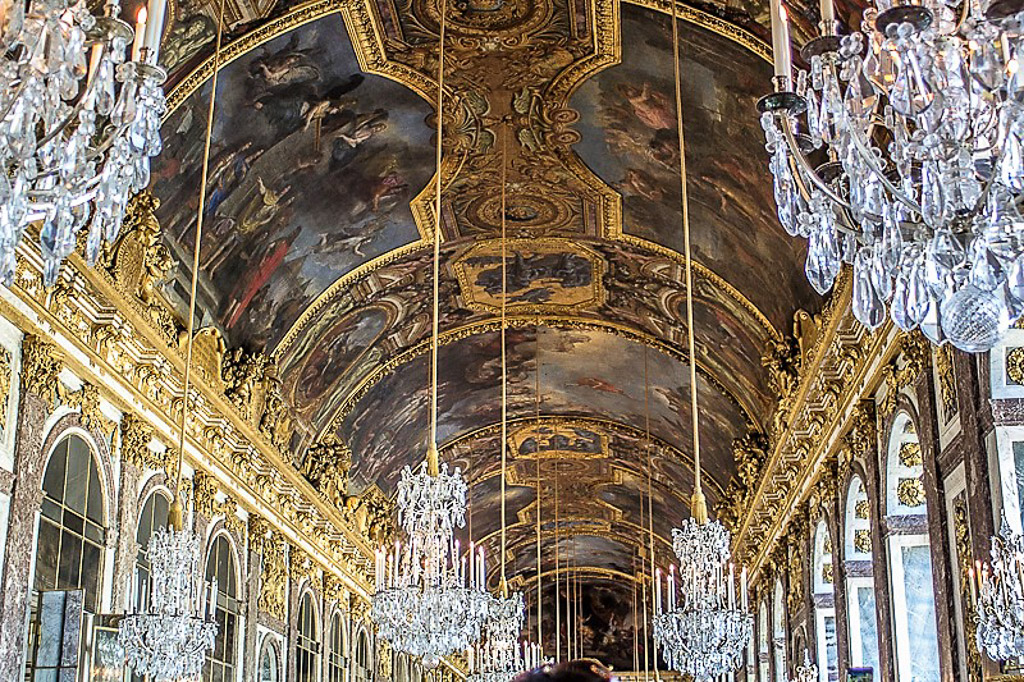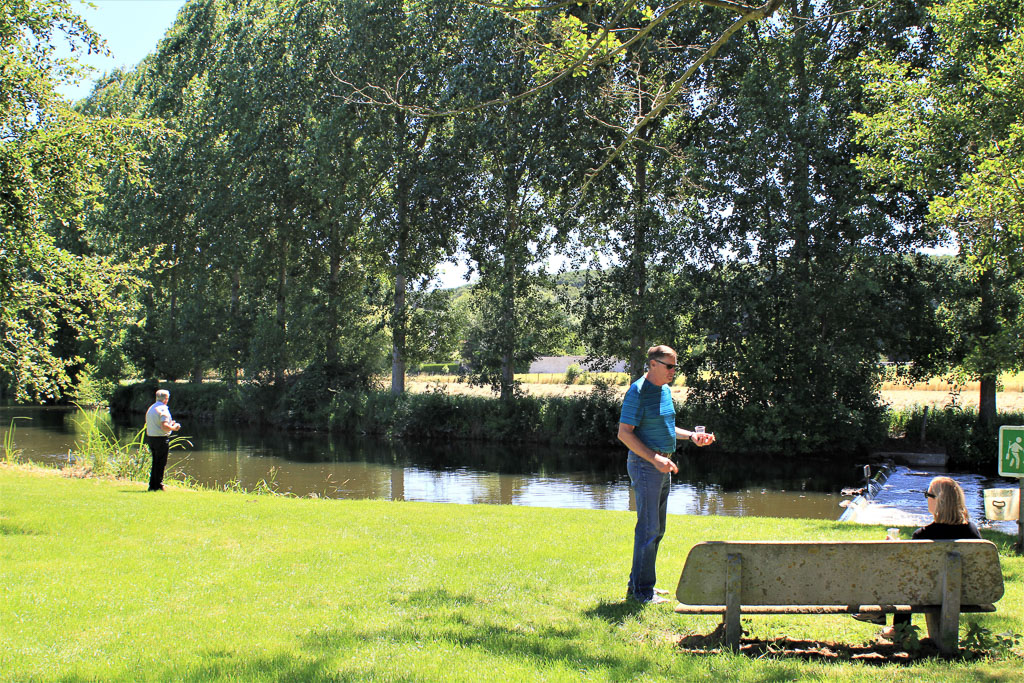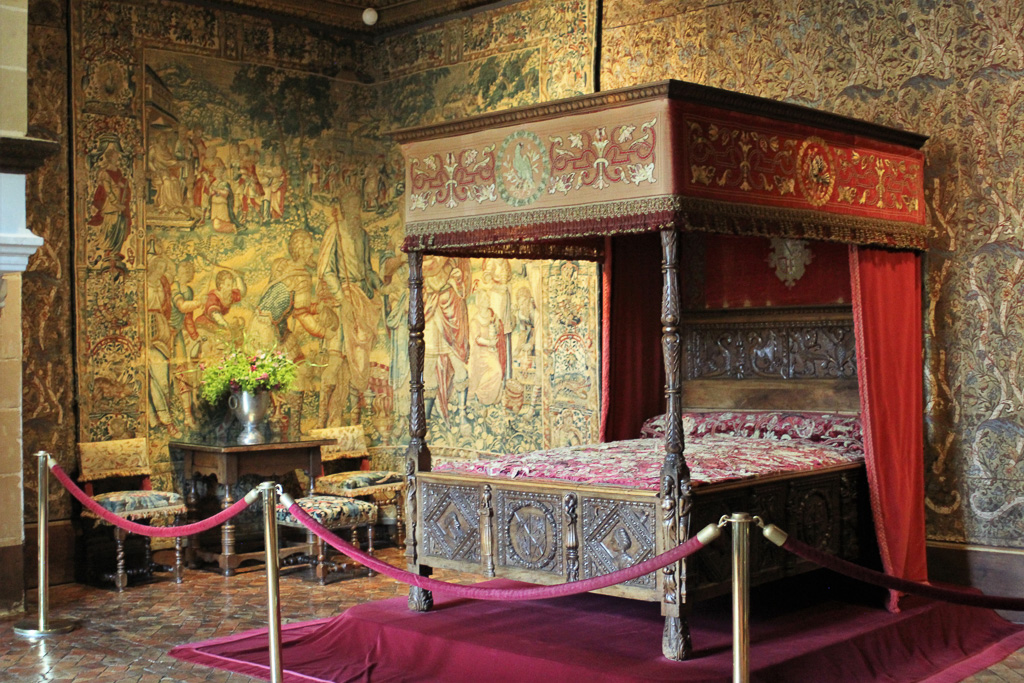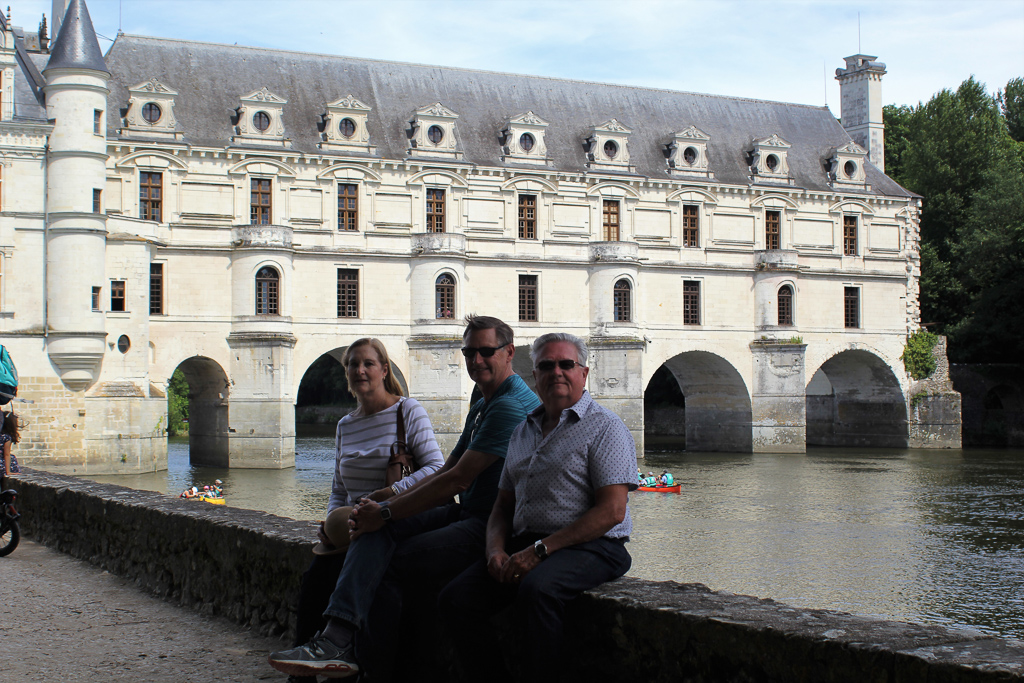Omaha Beach, France
August 6, 2018
Our last blog post was a lead-in to this episode of our French connection. We had two sets of friends visit in April and in June we had sister/brother-in-law, Tina and Robert Martin.
We left the airport with Robert and Tina and drove directly to the Seine River for a relaxing private boat tour of Paris. It was a great way to see the major sights while drinking wine, eating some cheese and not dealing the overcrowded tourist filled streets. The boat trip was really cool.
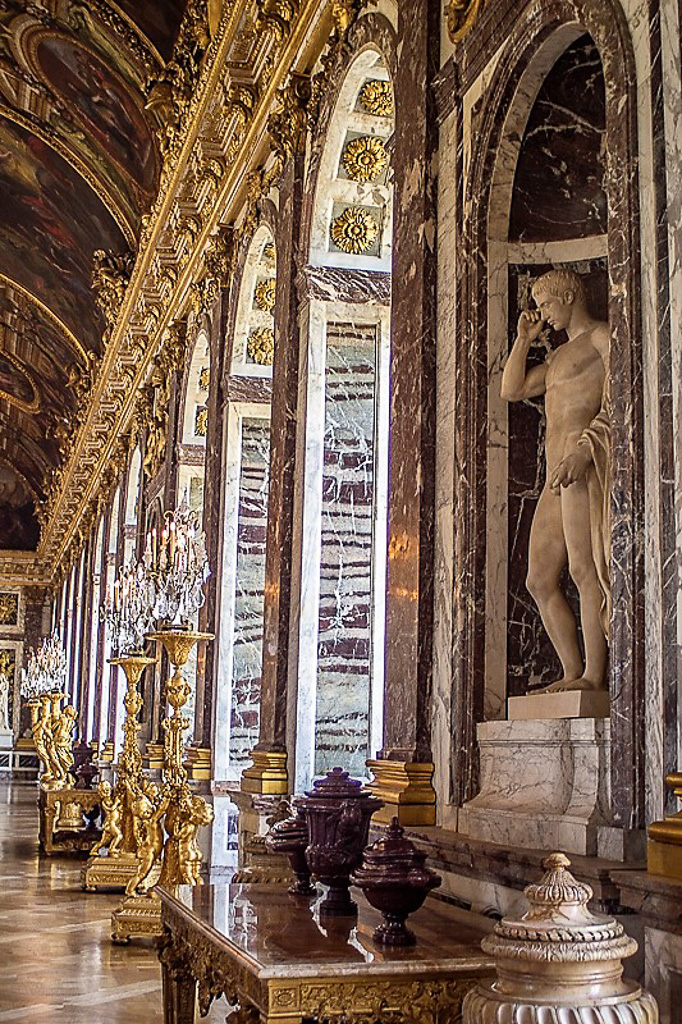
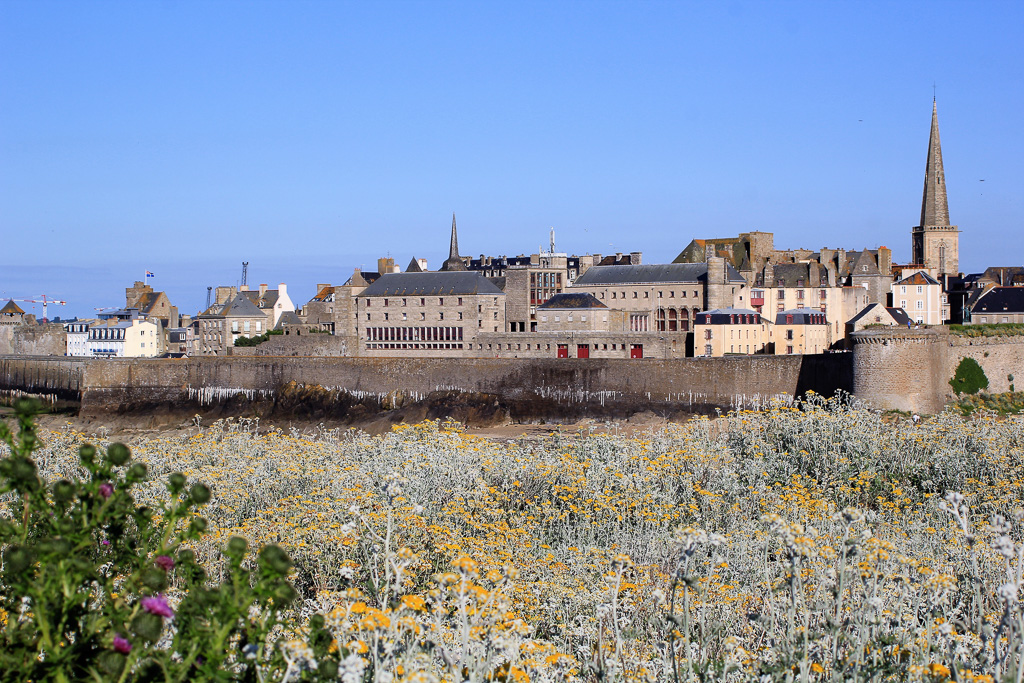
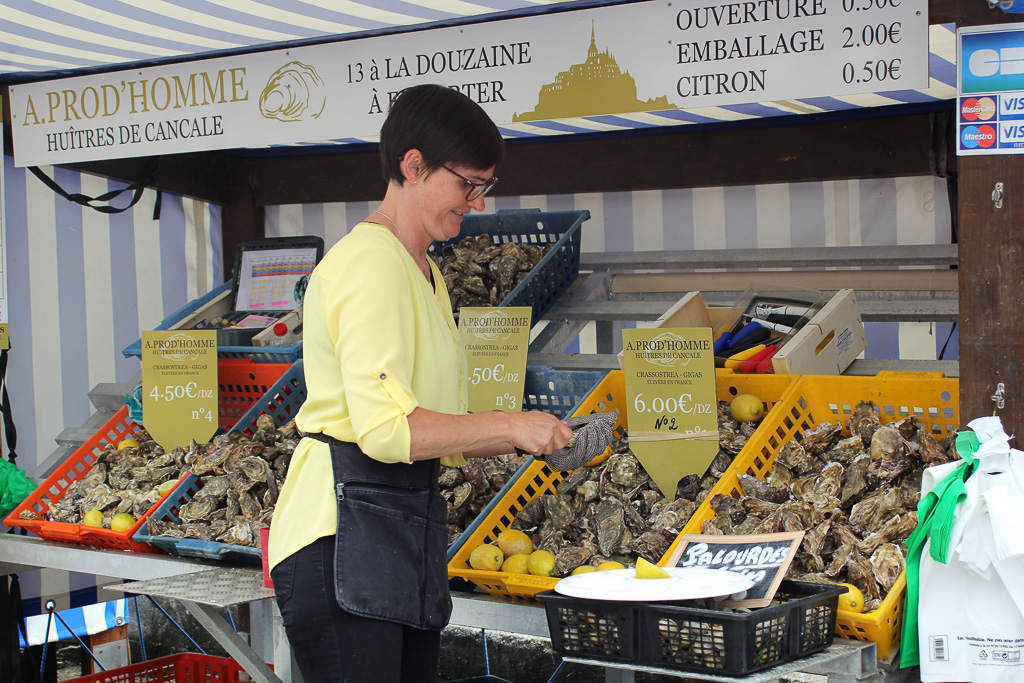
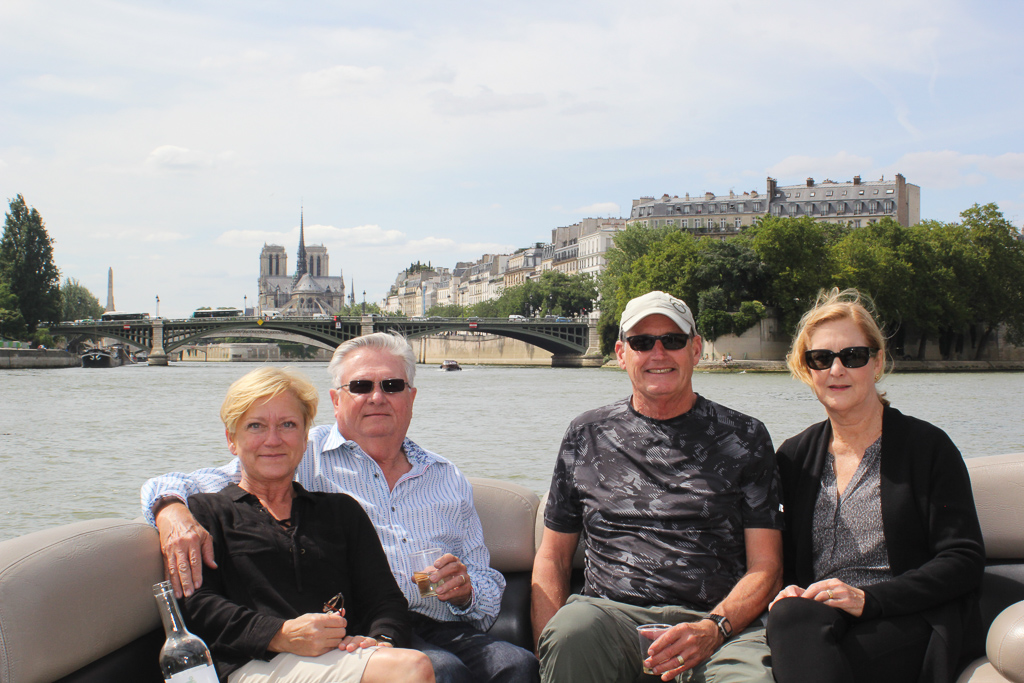
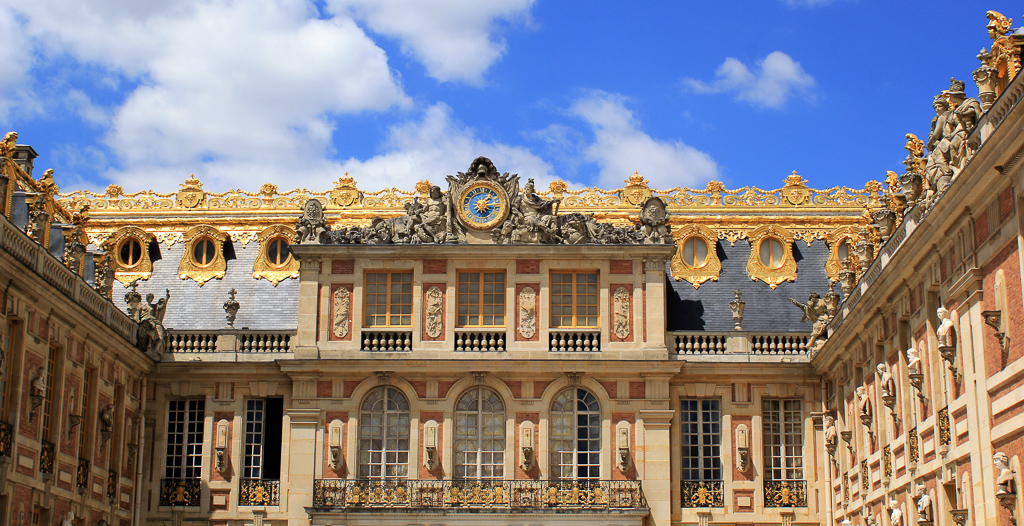
We spent the following entire day at Versailles Palace, one of the biggest tourist attractions in France. Note: if you should go to the palace the ‘skip the line’ advance tickets are worth every euro. Otherwise, a prepaid ticket will only get you into a ¼ mile long slow moving queue.
The Palace of Versailles was the principal residence of the Kings of France from Louis IV in 1682 until the beginning of the French Revolution in 1789. It is located about 14 miles southwest of the center of Paris. In 1623 King Louis XIII built a small hunting lodge and over the years it became the world’s center of opulence.
King Louis XIV saw himself as a direct representative of God and he chose the image of the sun as the infallible Roi-Soleil (Sun King). He ruled with absolute power. During this period sixty thousand worked at Versailles. Foreign dignitaries would wait months for an appointment to see Louis IV and his court would stand in the distance just to watch him eat. The image of the sun is displayed throughout the palace. There are 2,400 fountains located within the palace as one example of the size and ‘over-the-top’ design of the grounds. Gold leaf is found everywhere, both interiors and exteriors. Massive paintings from the best artists of the world told the story of kings and of God.
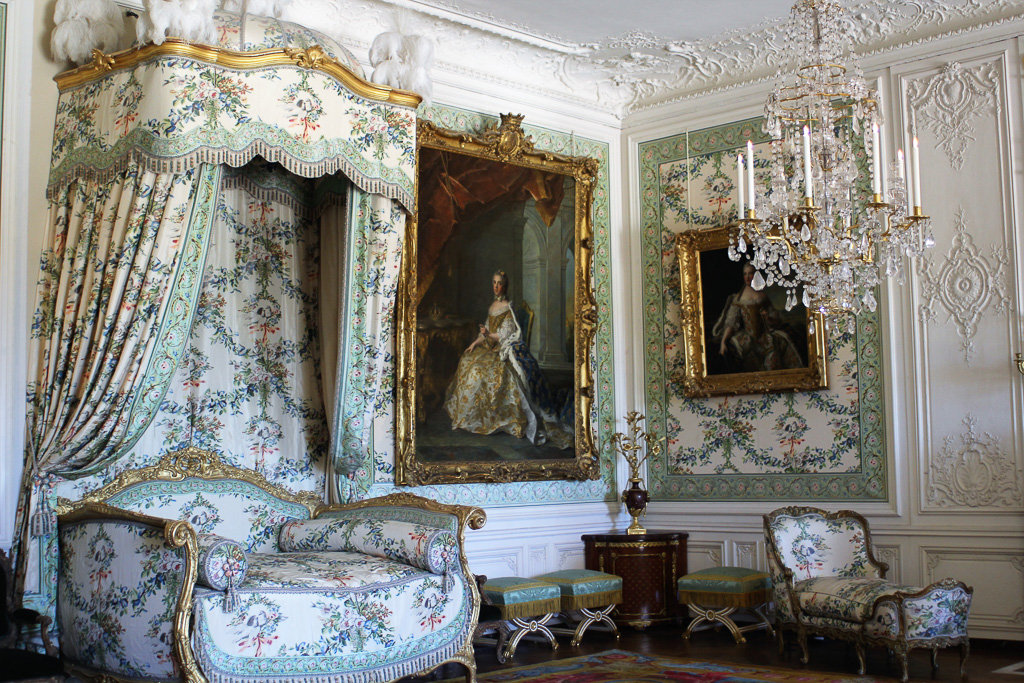
King Louis XVI and his wife, Marie Antoinette, lived in the palace until the French Revolution in 1789. They were jailed, later executed and the palace was looted. After the Revolution the palace became the government headquarters for the various regimes. Over the years much of the original furniture has been returned.
If interested, the BBC developed a raunchy television series, Versailles, which explains the royal palace’s history in a modern format that includes drugs, orgies and the lot. Can’t wait to see it!
King Louis XIV made extensive renovations and expansions including the famous Hall of Mirrors. USA fun facts: The new French territory in America was named in his honor, Louisiana. In 1783, the Palace was the site of the signing of the Peace of Paris, in which the United Kingdom recognized the independence of the United States.
A full day at the palace is exhausting so the following day was an easy day of driving through quaint villages and lush forests with a lunch along the way. We also stopped at the famous Chateau Chenonceau. Construction of the chateau began in 1515 by a revenue collector for King Francis I. Throughout centuries the castle was expanded, including extending the building across the river. The furniture and paintings are original. During WWI the owner converted the chateau (at his own expense) to a hospital to treat wounded soldiers.
One of the things on my life ‘bucket list’ was to experience the beaches of the WWII D-day invasion. This past March we spent a brief time in Normandy at code named “Sword” beach. Without knowing the story it was just an empty beach and a private guide was needed. That task was much more difficult than anticipated with most guides fully booked for June even three months in advance.
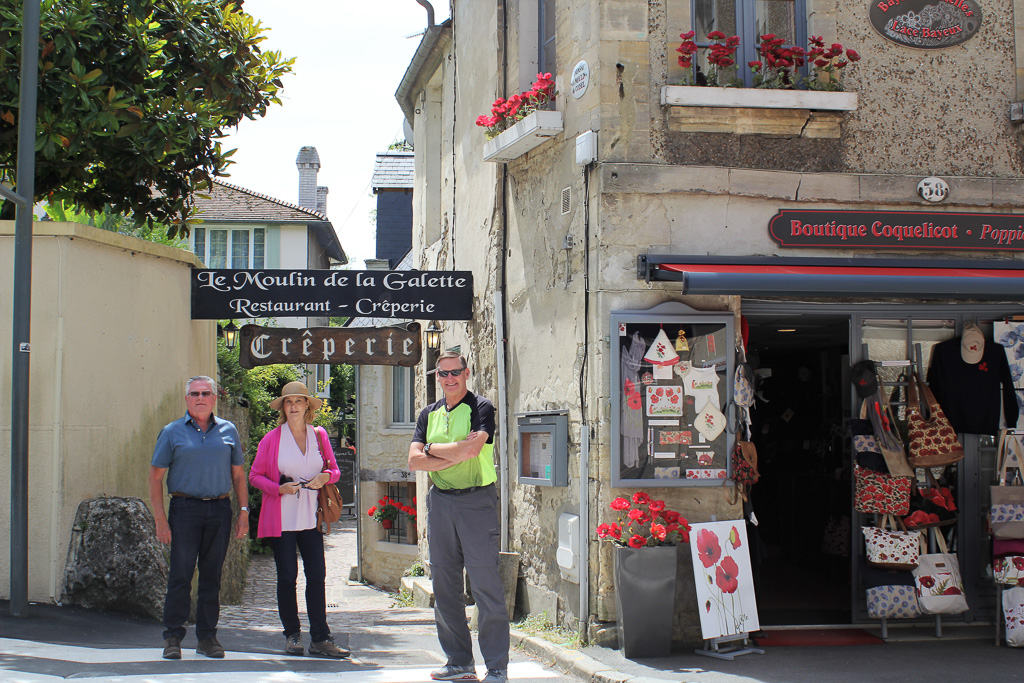
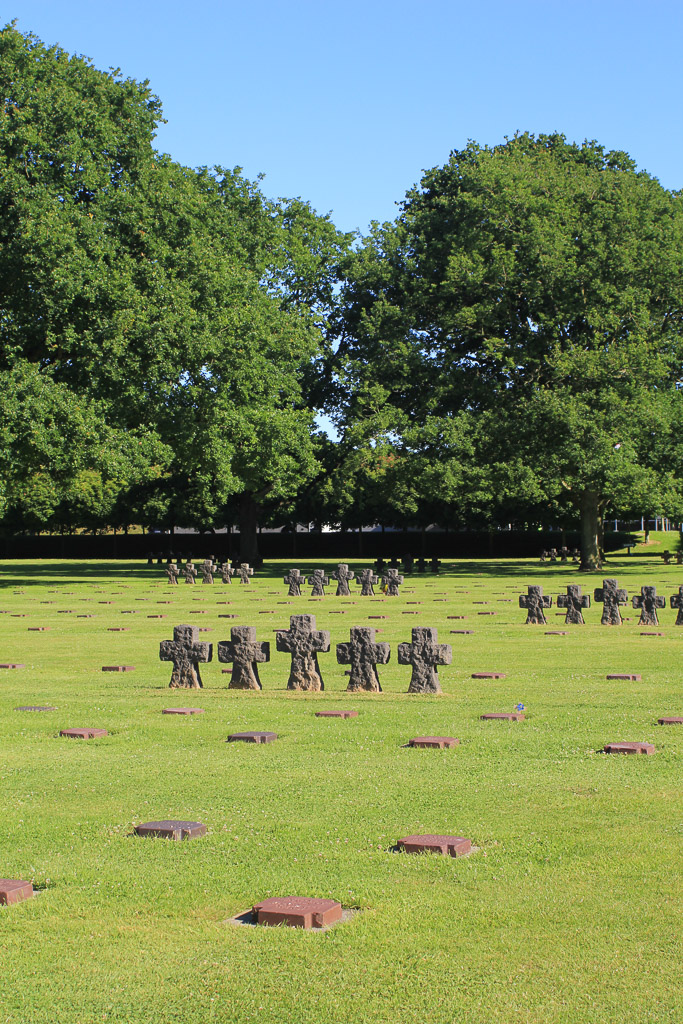
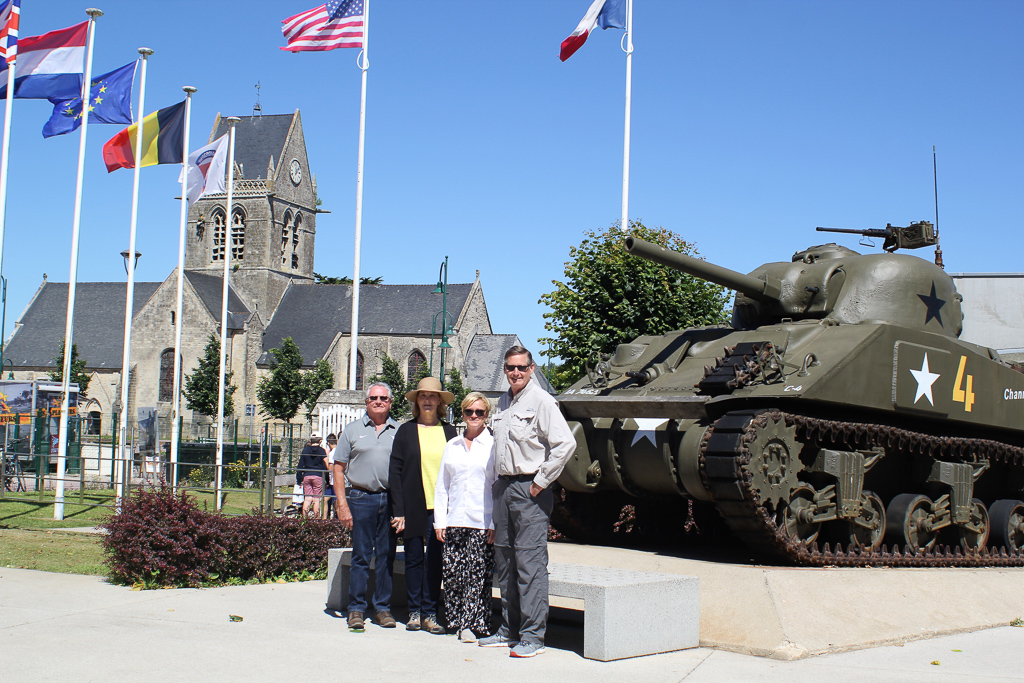
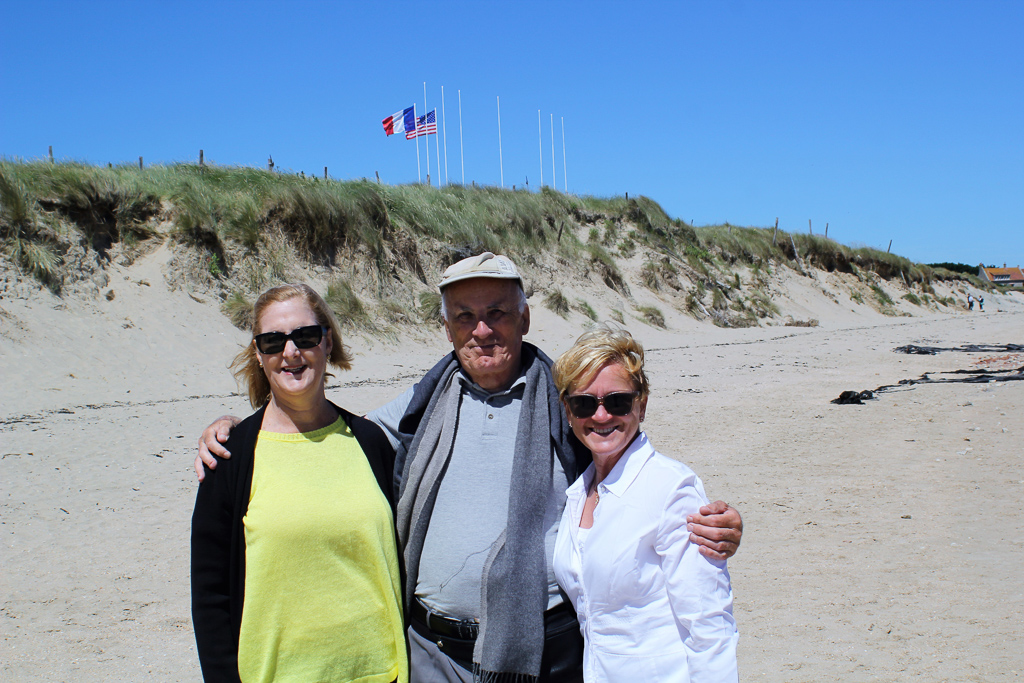
But fate was with us and we were recommended a guide, Jacques. His story was that he was four years old when the invasion occurred. His family lived in Caen, the French city that was pummeled by British war planes and German defenses. His father led his family to a friend that lived in the country but it was also too dangerous. His family then went into a forest and lived in a culvert with the invasion all around them. His mother gave birth to a new sister on a wooden door his father had taken from an abandoned home. One day Jacques was staring into the sky watching two fighter planes engaged in battle when suddenly a hot piece of shrapnel fell from the sky entered his back. His father took him to a doctor and they extracted the metal only a few millimeters from a major artery. He still has the scars.
Jacques and all his family survived the war, he moved to Paris and became a professor. When Ronald Reagan planned to visit Normandy for the 40th D-Day anniversary Jacques was recruited to assist Reagan’s advance party of secret service. Jacques soon quit teaching and returned to Caen and became a professional guide. In the winter when business is slow he reads books in French, English and German to grasp a better perspective and understanding of the major battles.
Our first Normandy stop with Jacques was the German cemetery which I had little sympathy for those dead soldiers. Using his knowledge of German military titles Jacques explained the different ranks that were etched on the tombstones. Jacques said there is a huge difference between the German “SS” troops and the regular drafted “Wehrmacht” soldiers. He had no issue with the Wehrmacht soldiers since they were just doing their military duty vs the fanatics of the “SS” who were all volunteers and evil. When we first came across an “SS” grave, Jacques took his foot and disrespectfully rubbed it on the headstone declaring “he was a bad guy.” This took us all aback but his feelings were understandable.
A few things of interest at the German cemetery: The original plan was to separate the “SS” troops from ordinary soldiers but the “SS” troops are now intermingled within the cemetery to discourage modern crazies from holding ceremonies to honor the Nazis. Also, German soldiers have two corpses per grave to save time and space.
Our tour focused on the two American invasion beaches, code named “Utah” and “Omaha”. There were five beaches in total: British beaches were Sword and Gold; the Canadian led beach was “Juno”. There were also troops from Australia, Belgium, Czechoslovakia, France, Greece, the Netherlands, New Zealand, Norway and Poland during the invasion.
There have been hundreds of books written about “D-Day” and two great movies, “The Longest Day” and “Saving Private Ryan”. In all, there were more than 400,000 Allied and German dead, injured or missing during the liberation of France. This total includes an estimated 20,000 French civilians who died during the battles. It is impossible to imagine the sacrifices and bravery. We witnessed the lowering of the American flag and the playing of “Taps”. There are no words to describe such a solemn event, especially overlooking Omaha Beach.
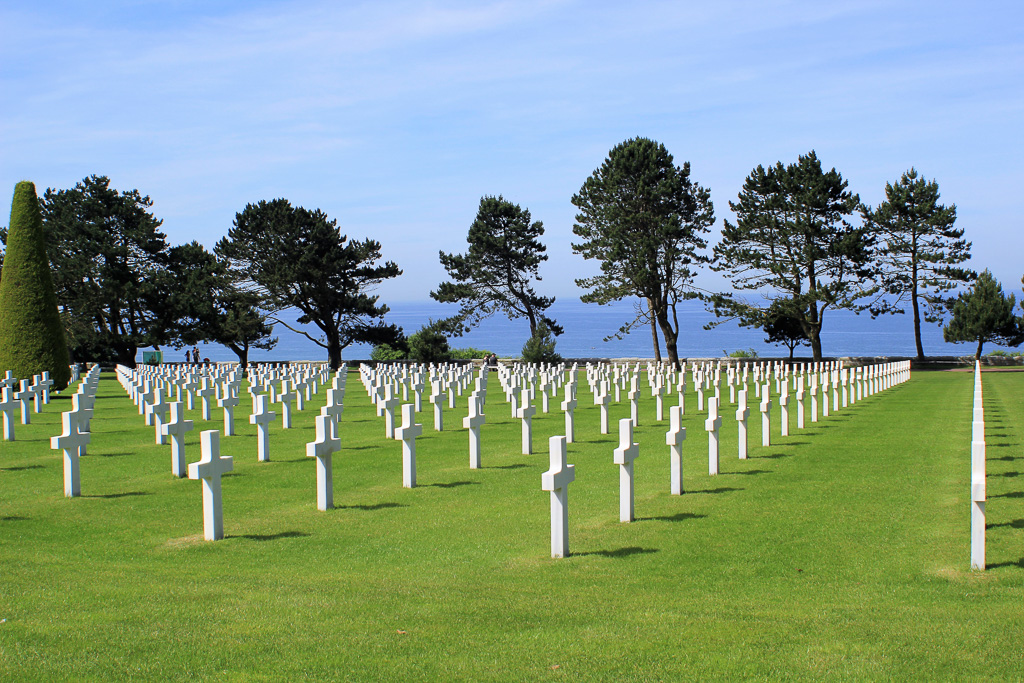
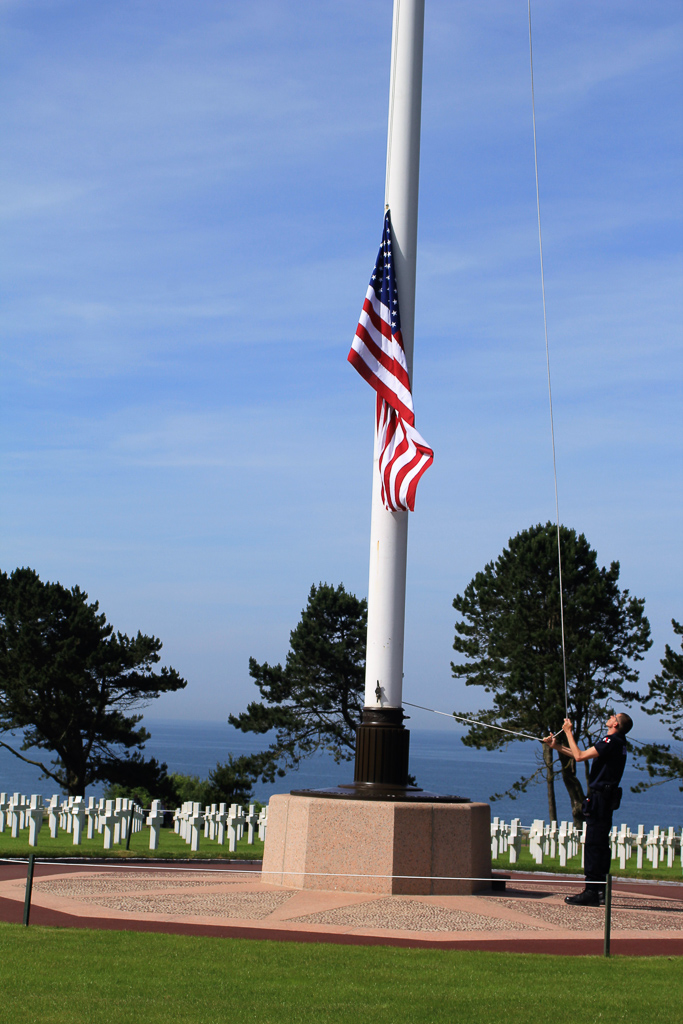
Here are a few facts about D-Day, code named “Operation Warlord” that was the beginning of the liberation of Europe on June 6, 1944:
US parachutist John Steele famously became snagged on the church steeple at Sainte-Mère-Eglise. He was trapped for two hours before being taken prisoner (picture on the left includes a replica).
It is the largest naval, air and land operation in history.
In the 1st half of 1944, 9 million tons of supplies and equipment were shipped from America to Britain.
1.4 million American servicemen arrived to Britain from 1943-1944.
At midnight, June 6, 1944, 18,000 Allied paratroopers and troops in glider planes dropped into the invasion area.
95% of all paratroopers landed in the ‘wrong’ location.
Nearly 7,000 naval vessels including battleships, destroyers, minesweepers, escorts and assault craft participated in D-Day.
Naval forces landed over 132,000 troops on the beaches.
Allied forces flew over 14,000 sorties in support of the landings.
The famous assault landing craft used on the beaches were originally designed to rescue flood victims along the Mississippi River.
The chances of becoming a casualty during the first hour of D-Day was 50%.
The dead had to be immediately buried in temporary cemeteries. After the war American families of the dead soldiers were asked if they wished the bodies to be returned to the U.S. Approximately 40% of the families preferred the bodies remain in France. Their attitude, “They fought and died there for a cause so that’s where they should remain.”
The American Cemetery overlooking Omaha beach has 9,387 graves including four women. There is also a memorial for 1,557 missing in action. There are 38 brothers (including the brothers that inspired “Saving Private Ryan” and a father/son. President Theodore Roosevelt has two sons buried there; one was an aviator during WWI and General Theodore Roosevelt, Jr. was a Medal of Honor recipient and the only general to land on D-Day (he died a month later of a heart attack).
In 1966 French President De Gaulle demanded that all American soldiers leave France. The American Secretary of State, Dean Rusk, replied “Does that include the 60,000 soldiers buried in France from World War I and World War II?"
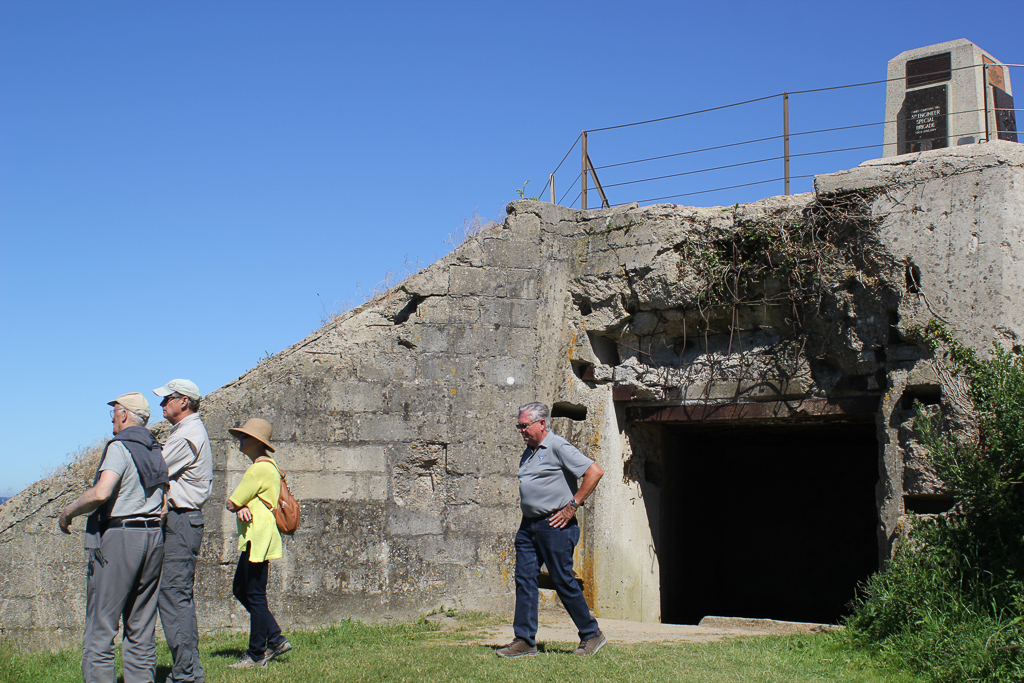
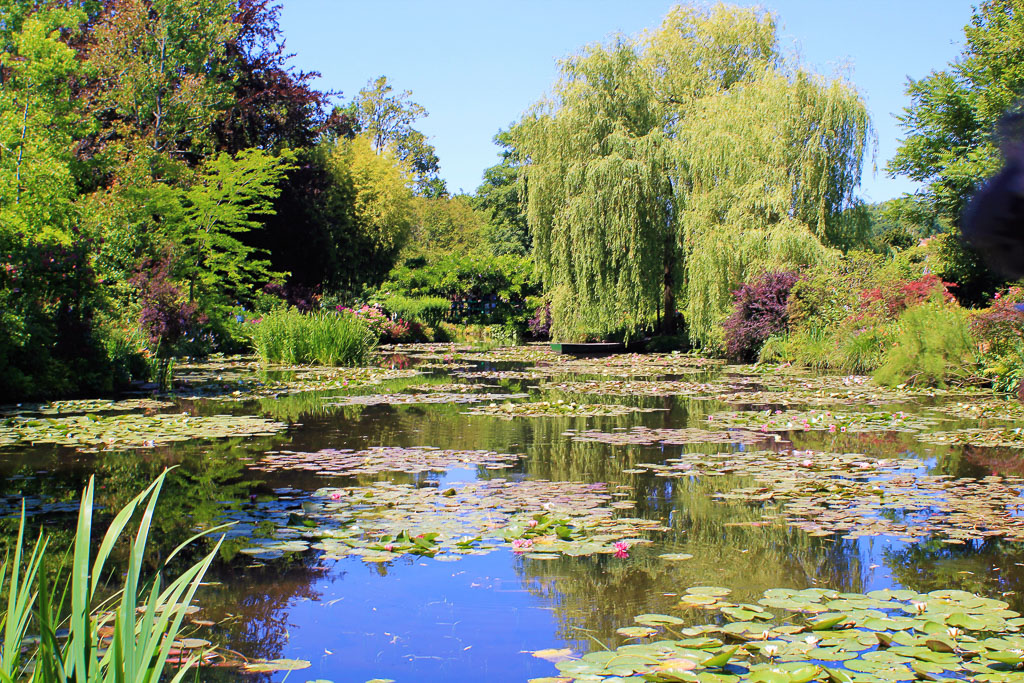
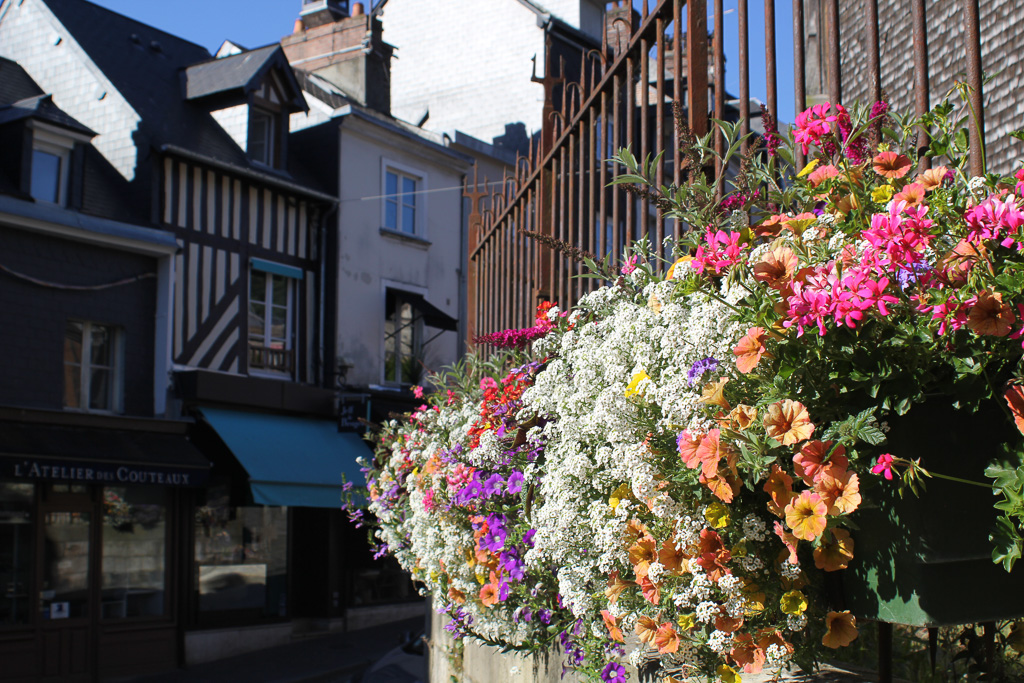
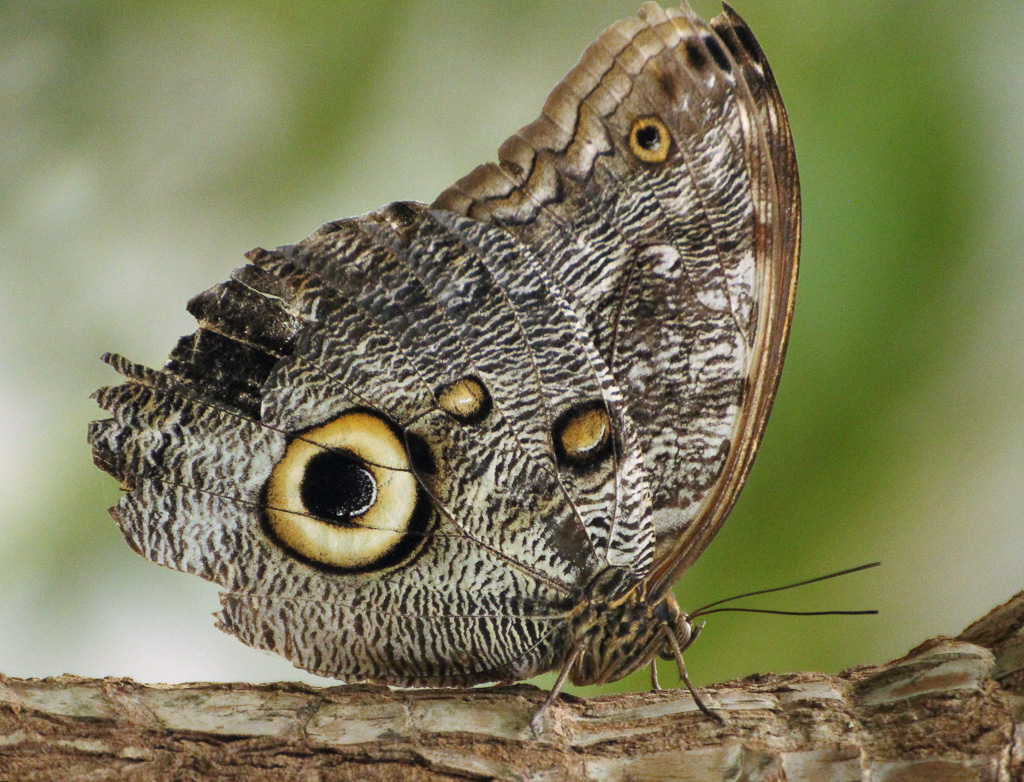
After a somber and patriotic day it was again time for a light day without drama, so we spent the next day in the small village, Giverny, home of the French painter Monet and his famous garden. Before Monet art focused on individual’s portraits, battles and religious events. Monet was the first to focus on nature’s beauty by painting flowers, gardens, etc. Monet is credited with revolutionizing art.
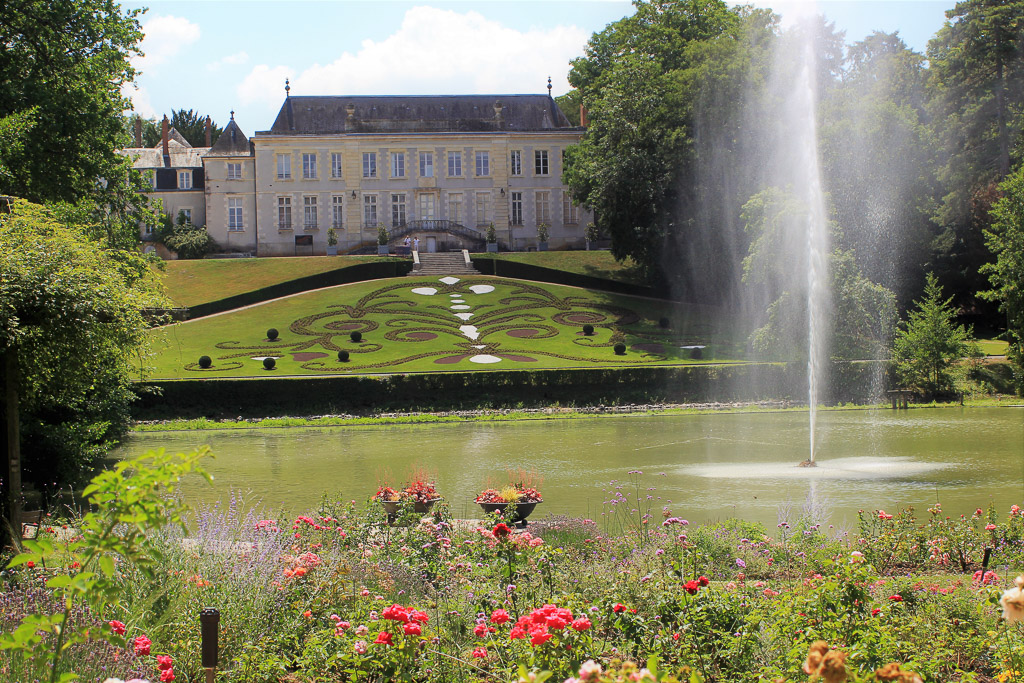
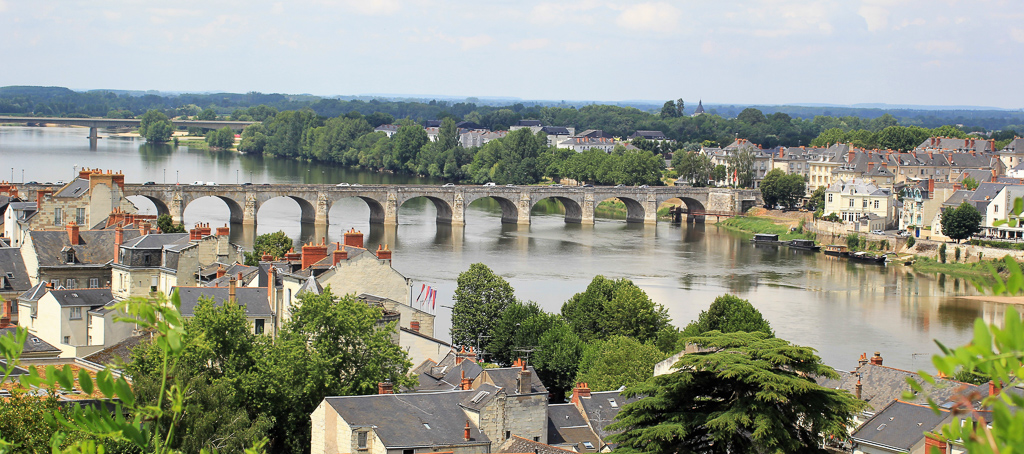
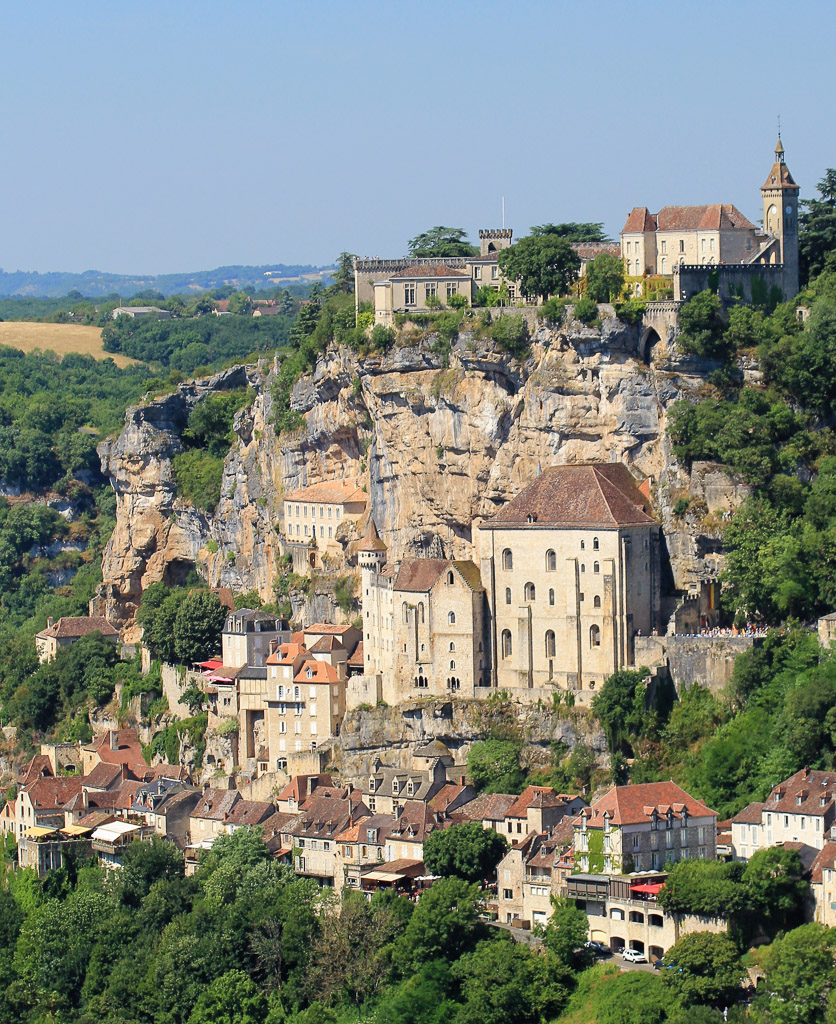
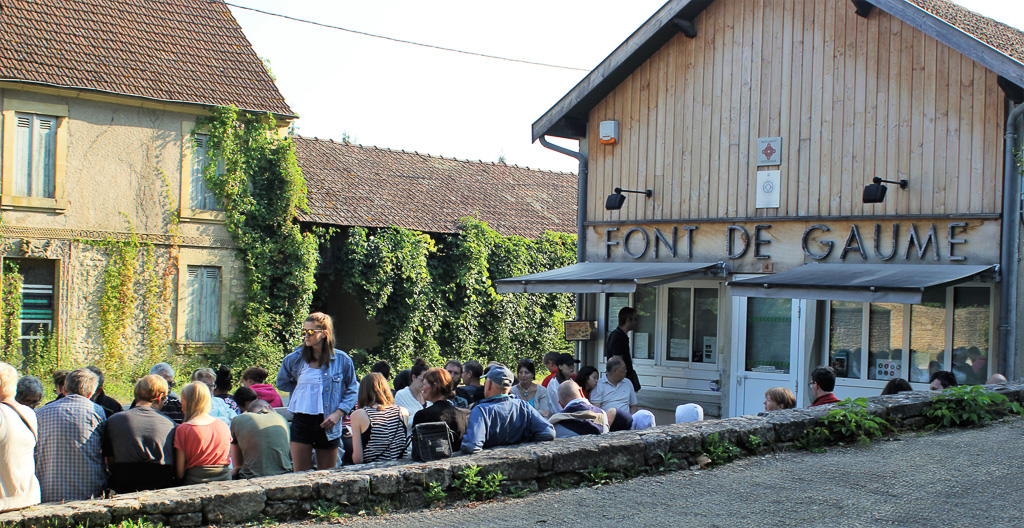
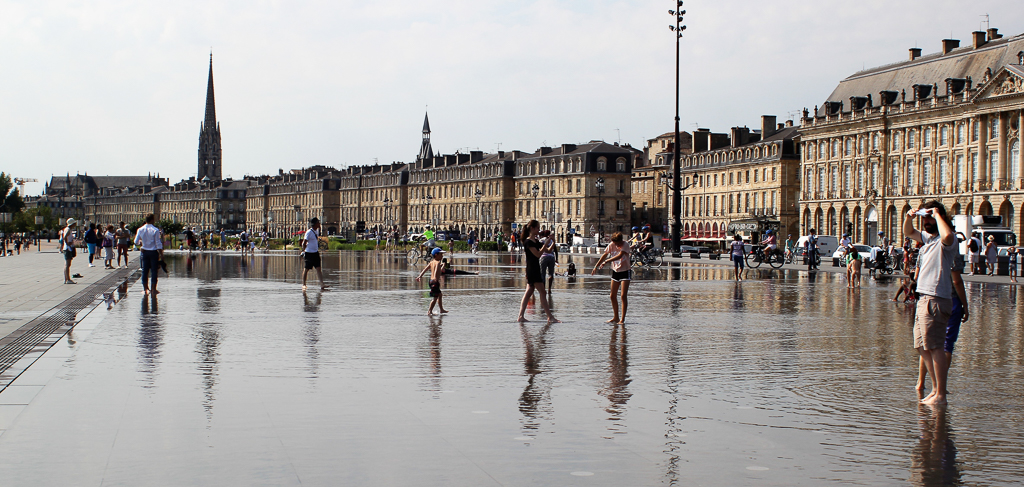
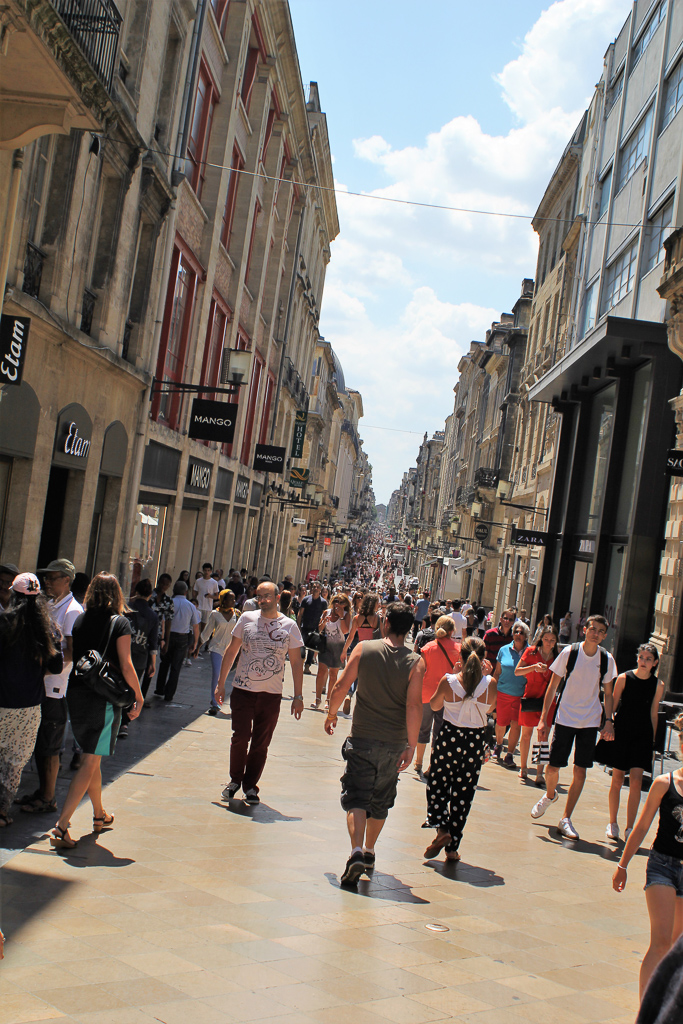
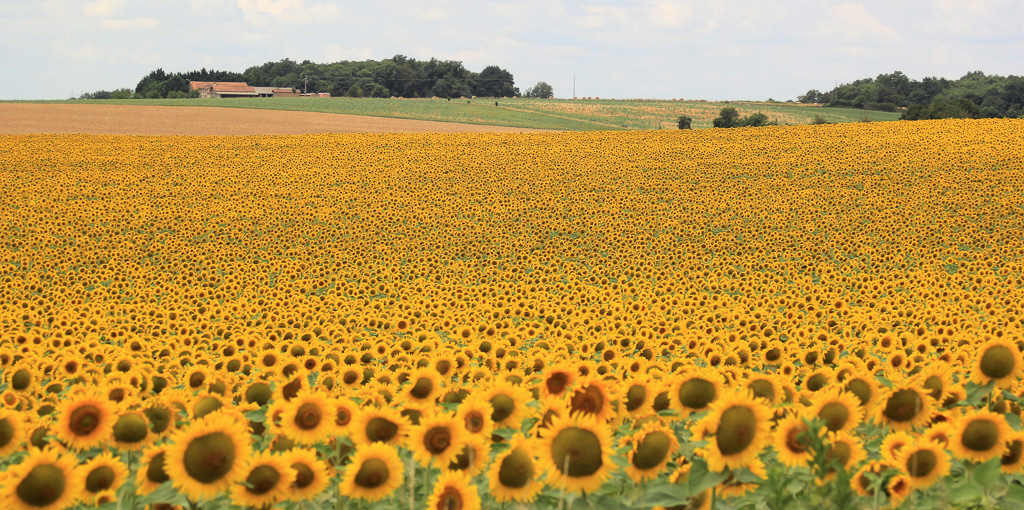
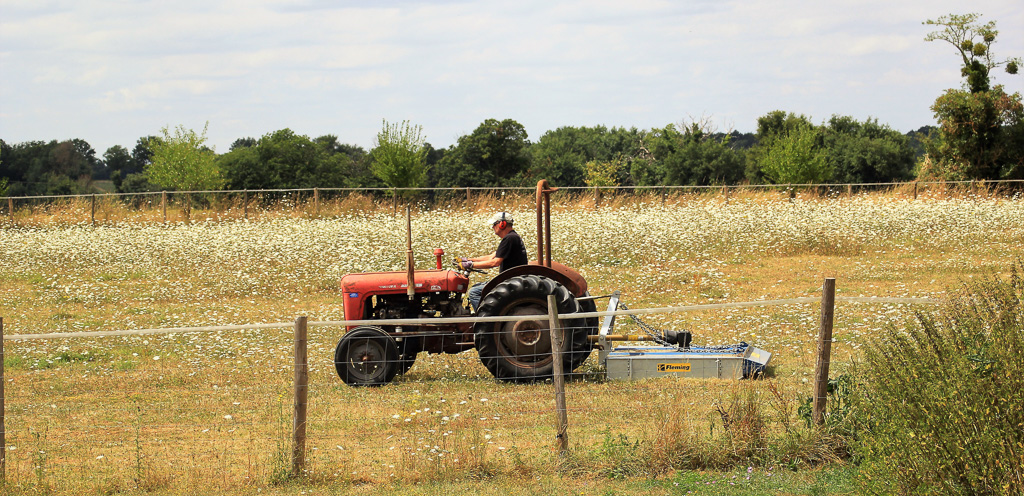
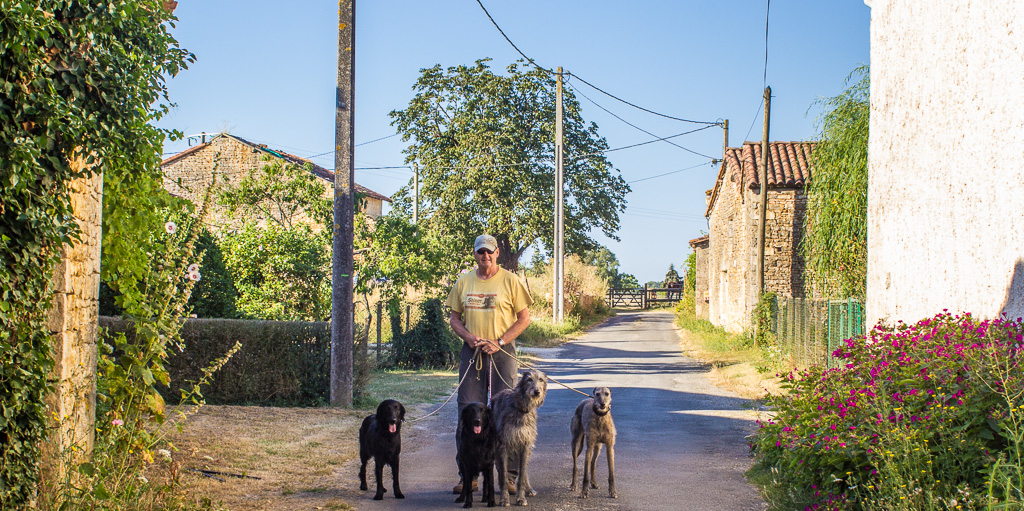
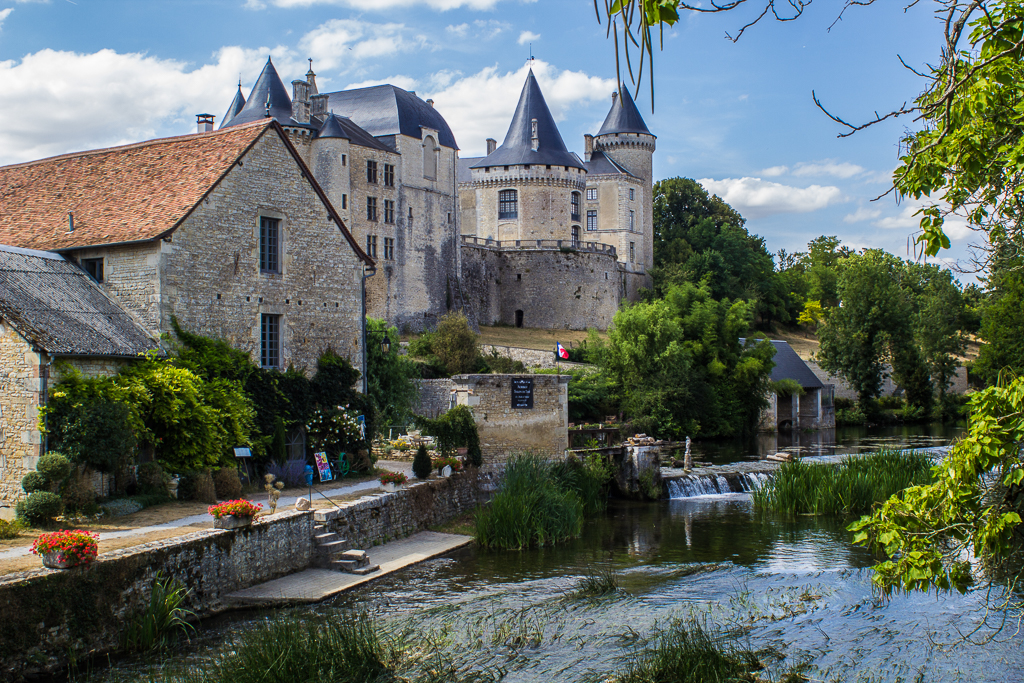
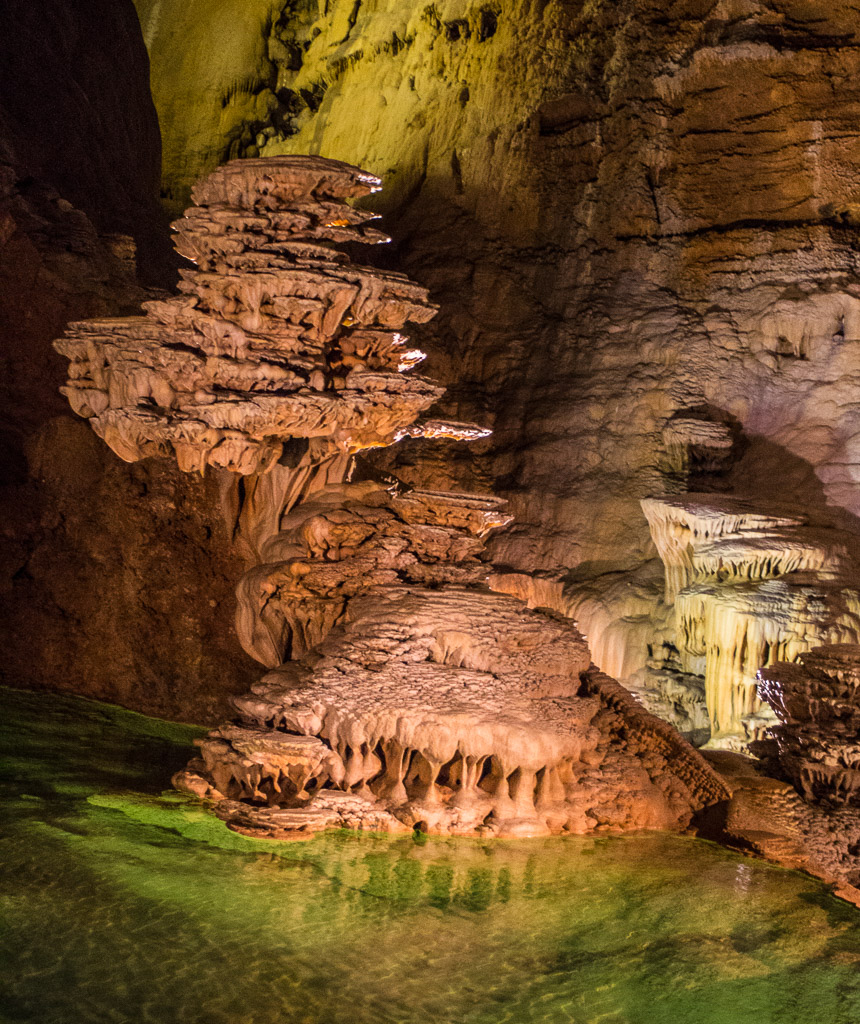
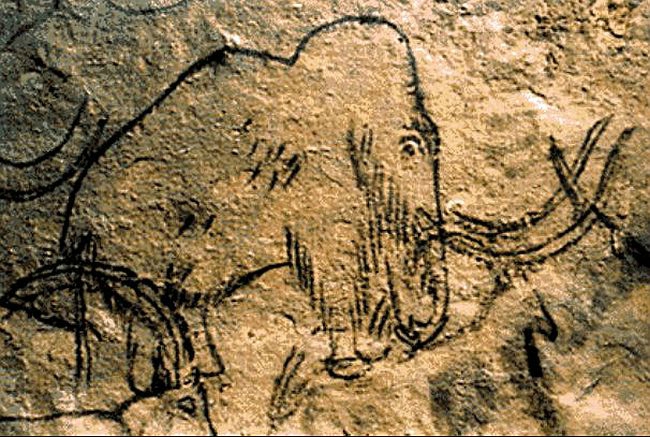
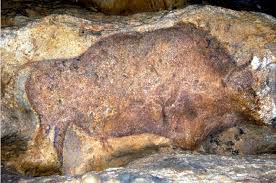
Au revoir (goodbye) Robert & Tina et bon voyage a Texas! We stayed in Paris for another three nights focused on offbeat sites of interest that did not include tourist mobs. At one point we decided that a stroll down the Champs d’Elysee (arguably the most famous avenue in the world) but we made it only ½ a block and we had enough. So, off to the French countryside (again) and to a six week house sit in SW France!
An interesting stop along the way was Font-de-Gaume and Les Combarelles Caves. The sights are only open to about 50 people each day that go in groups of 10 to prevent spoiling the artwork with excessive humidity. To get tickets we arrived at the ticket office at 7 am, 2 ½ hours before the ticket office opened. The benches outside are numbered so we took our number 3 and 4 seats confident we would get in. By 8am seats through #30 were filled and by 8:30 there were no numbered seats left.
Prehistoric people living in the Dordogne Valley first settled in the mouth of Font-de-Gaume around 25,000 BC. The cave mouth was inhabited at least sporadically for the next several thousand years. The paintings date from around 17,000 BC. The rock art in Font-de-Gaume includes depictions of more than 80 bison, approximately 40 horses, and more than 20 mammoths. Scientists have discovered over 800 animals and shapes etched into the walls of Les Combarelles.
Can you imagine? The artists, around 17,000 BC, crawled into the three foot high caves for several hundred yards carrying fire. There they studied the walls and used the cracks and crevices to depict animals in a 3-D sort of fashion. Some of the drawings were poly chrome, meaning they used several colors while painting. Why did they go to such extraordinary effort? No one knows, but can you imagine? No photography was allowed in the caves so these photos are from the internet.
Another interesting stop was Geoffre de Padriac cave. The chasm itself is 338 feet deep, with a diameter of approximately 115 feet. We descended 75 yards of staircase before entering into the cave system. The cave contains a subterranean river system that is partly negotiable by boat and is one of the largest caves in Europe. It was really beautiful! Close-by to Padriac is the village of Rocamadour that was built into the wall of a gorge of a tributary of the Dordorngne River.
Rocamadour
St. Malo is a beautiful medieval walled city along the northern coast. A ‘must see’ if you have the time. Close-by is a small village famous for their oyster farms. The water is very cold, the oysters taste like the ocean. Street vendors shell the oysters for you and then you sit alongside the sea and slurp them down. When finished, toss your shells into the ocean and return the plate. Voilá !
St. Malo
The city of Brest located along the NW Atlantic coast had great naval importance for hundreds of years. It was the furthest point west of our French vacation.
Pictured below is the view from our tailgate party of two; a dinner picnic (French, pique-nique) in the not so famous city of Saumur, France. Not a bad way to spend a summer evening!
Brest
France/wine/Bordeaux: three words in harmony. Along the city of Bordeaux river front there are water fountains and this vast reflecting pool. Great summer fun for kids and adults who think like kids. Bordeaux has ‘Rue Sainte-Catherine’, the longest pedestrian shopping street in Europe. Shopping? Not our thing but we checked it out on our last stop before house sitting.
Our final house sitting assignment is now in Bioussec (bee-OOh-sac) a tiny village in SW France. We enjoy taking four dogs for a walk in the forest each morning. We have split the chores into pink and blue: JoDon has the pink chores caring for two horses, four dogs and a herd of chickens. I have the blue chores: clean the pool, water the garden and drive the tractor. We have fun going to the local market twice/week and we are always on the lookout for exotic foods. Marketing is exhausting so we formed a tradition of drinking a beer in a café to celebrate our purchases.
When in Argentina we went to a World Cup playoff match and here we were fortunate to watch France in a local pub win the championship. The French were (and still are) so happy and very proud of their team, Les Bleus (The Blues)!
When finished with this assignment in another week it will be on to Switzerland, the Alsace-Lorraine Valley of France, Germany (including Octoberfest), Prague (Czech) and The Netherlands. We plan to be back in Oklahoma & Texas by October so (maybe) we will see you soon (a bientôt)!
Au revoir,
Brian et JoDon
“Not all those who wander are lost" -J. R. R. Tolkien
Our Street









